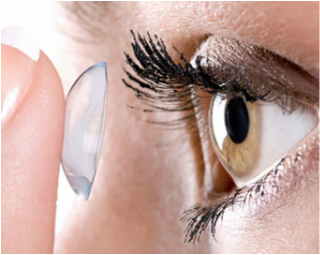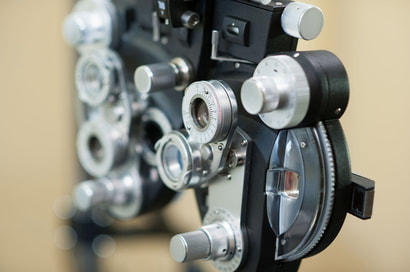|
Comprehensive Exam First
Before a contacts lens exam, a comprehensive eye exam must be performed. In this exam, your eye doctor determines your prescription for corrective lenses (the glasses prescription) and checks for any eye health problems or other issues that may interfere with being able to wear contact lens. If all looks good during your eye exam, the next step is a contact lens consultation and fitting.
|
Contact Lens Measurements
|
|
Because every eye is slightly different, there are a variety of types and sizes of contact lens. If the curvature of a contact lens is too flat or too steep for your eye's shape, you may experience discomfort or even damage to your eye. Measurements that will be taken to determine the best contact lens size and design for your eyes include:
In some cases, a detailed mapping of the surface of your cornea (called corneal topography) may be done. Corneal topography provides extremely precise details about surface characteristics of your cornea and creates a surface "map" of your eye, with different contours represented by varying colors.
|
Contact Lens Prescription
|


